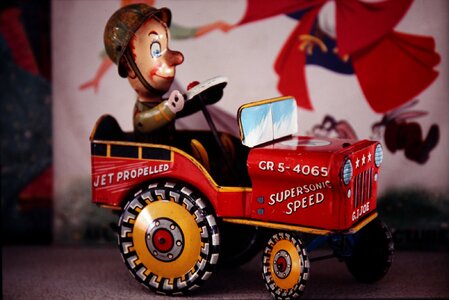Pro Member
- Joined
- Feb 18, 2021
- Posts
- 12
- Likes Received
- 15
- Name
- Jon
- Country
- Southern California, United States
The process has accounted for 30,000 shutter actuations, but my R has double-dutied as my analog film digitizer/scanner and I couldn't be happier with the results. Providing beautiful 30MP scans of my transparencies has brought my photo library into the digital age. I now have instant access to my entire library of photos back to the mid-60s. Organized and backed up twice, a project that I thought would take an eternity to achieve was accomplished in a month.
The solution was achieved with a United Nations of support players. Mounted on a Leitz Copy Stand is a Nikon PB-4 Bellows. In it is a reversed mounted Leitz Focotar enlarging lens to assure ultimate optical and flat field performance. I used a Porta-Trace 5500˚K light box for illumination and set the WB on the camera to match. Attached to the Nikon Bellows, via a Kipon Nikon-Canon RF adaptor, is my trusty utility player Canon R. What makes the R such a delight to use for this application is summed up in two great features, Focus Peaking and Canon Camera Control.
Focus Peaking makes critical focus a walk in the park and once the bellows extension is determined and locked down, that's the last time you think about it. But Camera Control is the real savior here, providing a big, beautiful render of each film frame on your computer monitor. Exposure, framing, focus are all at your disposal with the tethered app and it makes the whole process really fun. With each exposure, or scan, taking 1/125th of a second, you blow through batches of slides in minutes. It is super fast and efficient. I'll do a little Dust Off blow on each slide, and blow the gate out every 20 slides or so and still knock down hundreds of slides in a couple hours. As I said, I digitized 30,000 images in a month, a perfect project in a Pandemic. Photos of the set up attached.


The solution was achieved with a United Nations of support players. Mounted on a Leitz Copy Stand is a Nikon PB-4 Bellows. In it is a reversed mounted Leitz Focotar enlarging lens to assure ultimate optical and flat field performance. I used a Porta-Trace 5500˚K light box for illumination and set the WB on the camera to match. Attached to the Nikon Bellows, via a Kipon Nikon-Canon RF adaptor, is my trusty utility player Canon R. What makes the R such a delight to use for this application is summed up in two great features, Focus Peaking and Canon Camera Control.
Focus Peaking makes critical focus a walk in the park and once the bellows extension is determined and locked down, that's the last time you think about it. But Camera Control is the real savior here, providing a big, beautiful render of each film frame on your computer monitor. Exposure, framing, focus are all at your disposal with the tethered app and it makes the whole process really fun. With each exposure, or scan, taking 1/125th of a second, you blow through batches of slides in minutes. It is super fast and efficient. I'll do a little Dust Off blow on each slide, and blow the gate out every 20 slides or so and still knock down hundreds of slides in a couple hours. As I said, I digitized 30,000 images in a month, a perfect project in a Pandemic. Photos of the set up attached.

